Viva Las Vegas? Grand Prix racing’s return to The Strip
Forty-one years after the last grand prix in Sin City, Formula 1 is returning to Las Vegas. As Edd Straw reveals, it’s a comeback that promises to outclass Miami for glitz and glamour but for Liberty Media much is riding on its success
Getty Images
The house always wins in Las Vegas. That’s why Formula 1 is the house for its return to Sin City, four decades on from its forgettable first foray to the Nevada desert for two unloved races around a dull track mostly in the north parking lot of the Caesars Palace Hotel. F1 is in full control and banking on its dream race fuelling the latest phase of its growth.
Today, Las Vegas is the self-styled ‘Sports and Entertainment Capital of the World’. Liberty Media has gone all-in by promoting the race itself at vast expense, in harness with Live Nation Entertainment, which it part owns. Headed up by CEO Renee Wilm, who has worked across a wide range of Liberty Media’s activities, the race has got up and running in double-quick time.
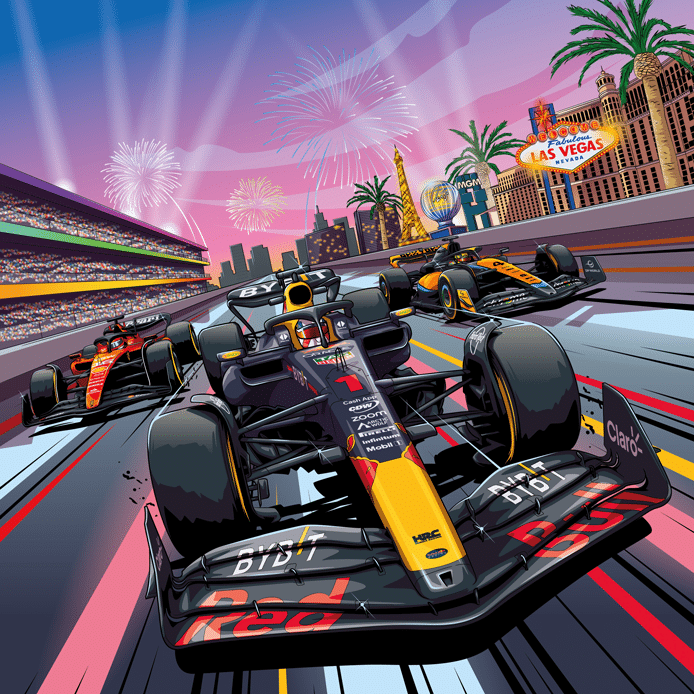
In August, F1 confirmed the creeping costs of building the track and the permanent facility that includes the pits and paddock complex, which will host F1-related attractions all the year round, are “close to $400m [£330m]”. Investment in the event is set to be over half-a-billion dollars, so the stakes are high. And that means it must not only bring in money for Las Vegas, with the predicted economic impact of £1bn, but also cash and eyeballs for F1, not just in the USA but globally.
This is a dramatic deviation from F1’s business model, in which promoter fees are key to its income. As F1 CEO Stefano Domenicali jokes, “we went a little crazy a couple of years ago to think a Vegas Grand Prix was possible” – and the result is a grand prix that must not fail. McLaren CEO Zak Brown, regarded as the pre-eminent sports marketer in F1, has no doubts it will work.
“It wil be a great venue, but a great race? That’s a tricky question”
“I don’t see how it doesn’t pay off,” says Brown. “Short of having some [unexpected] operational issue I don’t see what can go wrong. I don’t see how the spectacle is not going to be as big as we expect. Logistically, Vegas is built for huge entertainment, the streets are huge and wide, there’s hotel rooms everywhere. This city does this for a living and I don’t see it being a problem.”

Lewis Hamilton at the Las Vegas GP launch party, 2022.
Getty Images
This isn’t a case of F1 falling for the gambler’s fallacy and assuming Vegas can’t fail a second time. While the original race of 1981-82, dubbed the Caesars Palace Grand Prix, was at best a marginalised curiosity, the Las Vegas GP is front and centre in the city. The long back straight runs down The Strip with views of legendary hotel/casino complexes including Bellagio, The Venetian, Flamingo and, with a nod to its barely remembered history, Caesars Palace. No backdrop, no race.
“It’s going to be very fruitful for the business,” says Lewis Hamilton. “Having more races in the States was always [positive] because it’s a huge market. There’s a massive sports fanbase there and to really crack that takes more than one race in the US.
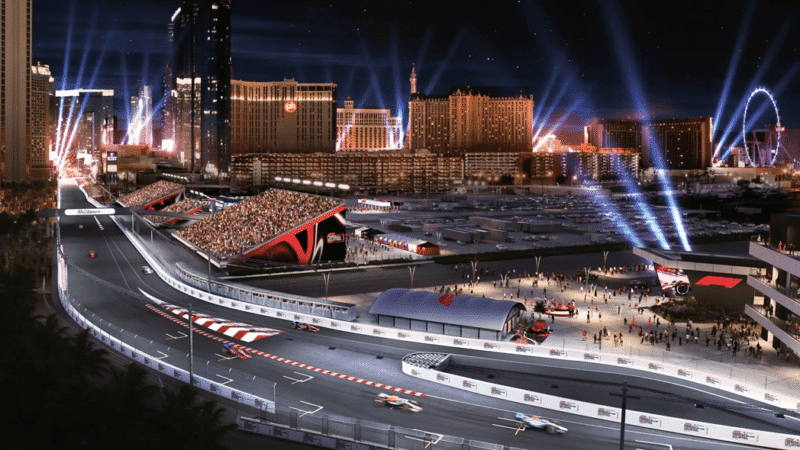
Seats in the West Harmon stand cost more than £1200
“And Vegas is an iconic place. The dream of driving down [The Strip] with all those casino lights… everyone’s watched the movie Casino, right? I’m really excited about getting to experience it. I don’t know if it’s going to be a great racing circuit, I’ve not driven it so we’ll wait and see, but I’m always down to add great races and great venues. It’ll be an exciting weekend for us all.”
It will be a great venue, but a great race? That’s a trickier question. The recent swathe of street circuits has produced a mixed bag of tracks, and the 17-turn, 3.853-mile track, designed by Hermann and Carsten Tilke’s company, is a far cry from Suzuka or Spa but it could produce decent racing. Add to the mix the cold temperatures thanks to holding a race at 10pm on Saturday plus long straights that will mean the set-up will be similar to Baku or perhaps even Monza and it’s an intriguing combination. Overtaking should be possible on a track that’s perhaps best characterised as a higher-speed, flashier Miami.
The skewed timetable, including the first Saturday race since the 1985 South African Grand Prix, is the price F1 pays for placing itself at the heart of Vegas. Running on Thursday and Friday starts at 8.30pm, with the unusual timings and lack of support races not only facilitating the night-race format needed to make the most of the bright lights of Vegas, but also minimise disruption to the city.
“It’s huge,” says Brown. “It’ll be different in the sense it will have a Vegas element to it and it’s off the charts. Our biggest concern will be being able to do it all in a way that our partners are accustomed to, and we will. But logistically, we’re getting in earlier than normal, we’re bringing in the Mikas and the Emmos. We’re gearing up recognising it’s going to be the biggest grand prix we’ve ever had.”
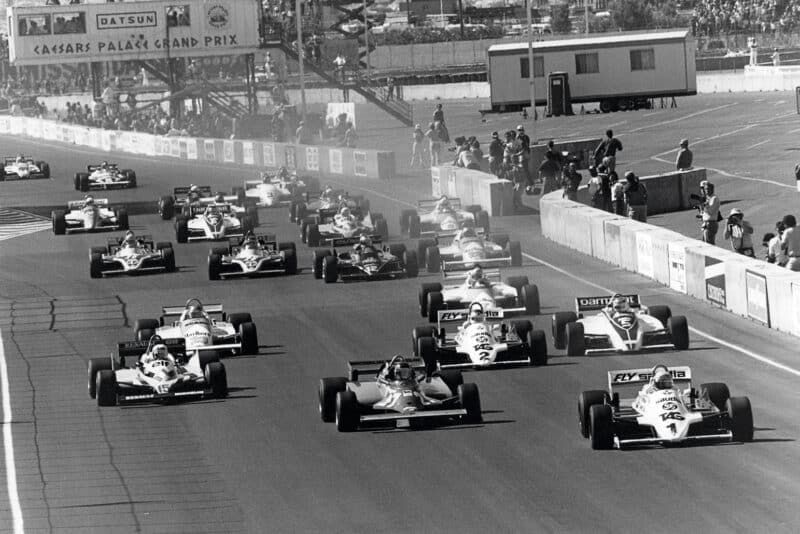
1981 Caesars Palace GP
Getty Images
This is great for the bottom line but the rhetoric around Vegas, which is closer to that surrounding the original F1 race, frames it as more event than motor race. That can be dangerous and is reflected in the stratospheric ticket pricing focusing on high-rollers willing to pay big money for high-end hospitality packages. The Miami Grand Prix has already set new standards for a VIP-focused race and Las Vegas is set to hit that out of the park, despite buzz-phrases such as “fan experience” proliferating. Realistically, given the event has buy-in from the big hotels, this is an event designed to attract high-value customers. The cheapest three-day general admission ticket was priced a little over £400 and sold out in double-quick time.
“There’s different levels of hospitality in Las Vegas,” says Brian Gullbrants, chief operating officer North America of Wynn Resorts, which has an F1-adjacent hotel on The Strip and is a founding partner of the race. “There’s entry-level properties, there are mid-tier properties, there’s luxury properties. There’s a place for everyone. With respect to tickets, F1 has different levels of tickets. It is expensive but demand is greater than we’ve seen for any event. It’s supply and demand.”
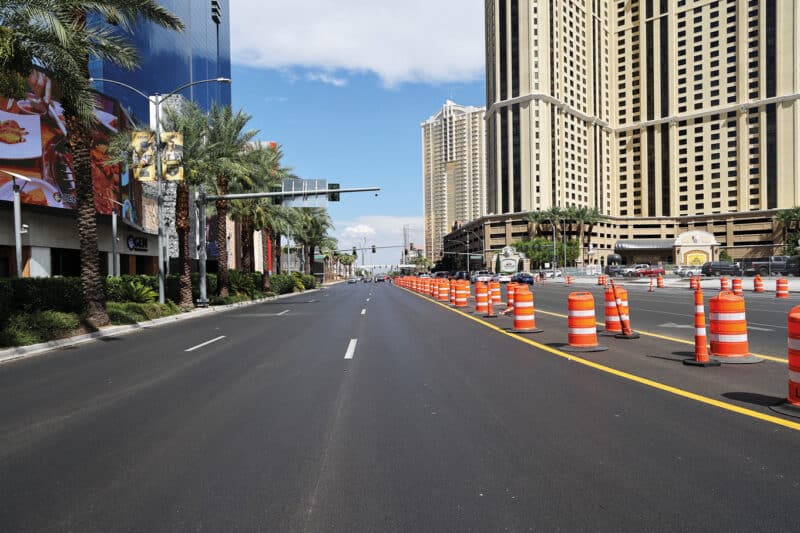
The view after Turn 12
Getty Images
However, the demand hasn’t been quite as frenzied as hoped. Ticket sales have been strong, but at the time of writing it’s not quite a sell-out. The sky-high hotel rates have eased recently, suggesting the take-up isn’t as big as anticipated. These two indicators only reflect slight underperformance and the financial predictions are still healthy, but this is a reminder that for all the hype, what really matters is delivery. This race has a lot going for it, but it can go wrong and given the hasty way the event has been pulled together there are signs that the organisation is perhaps a little stretched. Equally, how could it not be given the circumstances?
And as Guenther Steiner, team boss of America’s only F1 team – Haas – explains, the pay-off is not going to be instant, but over the long term enormous.
“I went there last year for the presentation of the race and there were 20,000 there with two show cars running and nothing else, so it brings attention and grows F1, especially in the States,” says Steiner. “Racing down The Strip, who would have ever imagined that five years ago?
“The first year is a learning curve because they open up the roads when we are not racing then shut them again so it will be difficult logistically, but if Vegas can’t organise it no one can. Commercially I don’t think it will be a short-term success, but it’s an investment in F1 because so many people will look at it. It’s a good thing [long-term].”
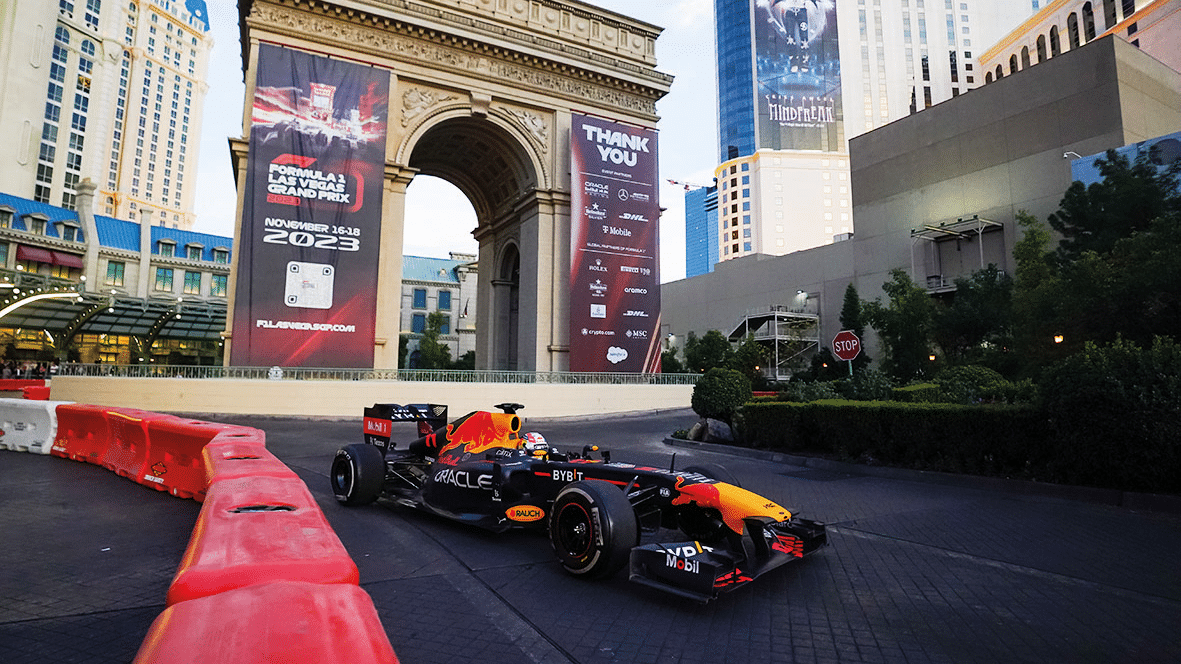
Organisers promise 2023 is just the start, with the expectations of the race getting bigger and better. That’s easy to say and different to deliver once the novelty fades, but there’s no reason why Las Vegas can’t establish itself as an F1 centrepiece. It’s in keeping with Liberty Media’s oft-promised standard of the calendar comprising “24 Super Bowls”. Vegas, which stages the actual Super Bowl in 2024, should be a new Monaco for the modern world.
“If the Vegas model works let’s go to India and not be reliant on a country writing us a cheque”
There’s also incongruity. F1 makes much of its push for net zero and sustainability, with the glitz and glamour of Vegas optically at odds with that. That’s covered off with promises of “environmentally conscious practices” as well as a partnership with infrastructure company Switch that aims to make the race net zero carbon emissions by 2030, in line with F1’s objectives.
Vegas could also herald a paradigm shift for F1. It’s potentially proof-of-concept of a new race-staging model meaning F1 can create its own events in key markets rather than relying on third parties.
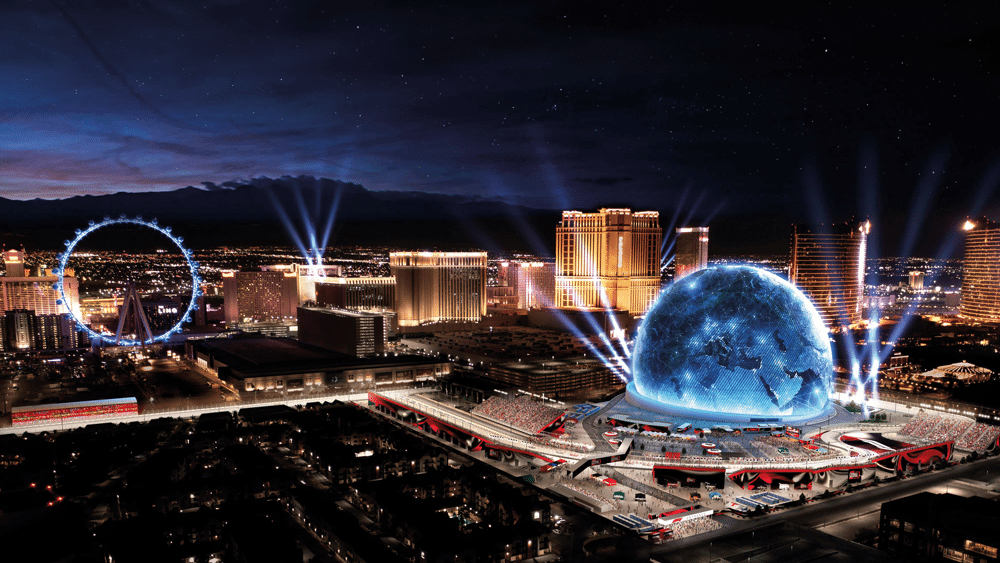
“Which is what I think’s exciting,” says Brown. “If we can get this right, all of a sudden in some of those other markets that we need to be in, maybe we can control our own destiny more. If that model works then all of a sudden, the dream schedule [is possible]. I’d love to see us back in India. It didn’t work [from 2011-2013] but if the Vegas model works let’s go to India and not be reliant on a country writing us a cheque, let’s go and do it ourselves. It’s a great way to test if it works.”
Will Vegas succeed? Probably. It will also be the garish, loud, celebrity-infested version of F1 many traditionalists will baulk at, but this race isn’t for them. For F1 to have any chance of preserving the old-world staples like Spa, it needs Las Vegas to work.
As Steiner says, “If we have cookie-cutter races, you won’t get attention because there’s too much of the same.” He’s right, and Las Vegas is breaking the mould in ways that, if successful, could have a profound impact on the evolution of F1.